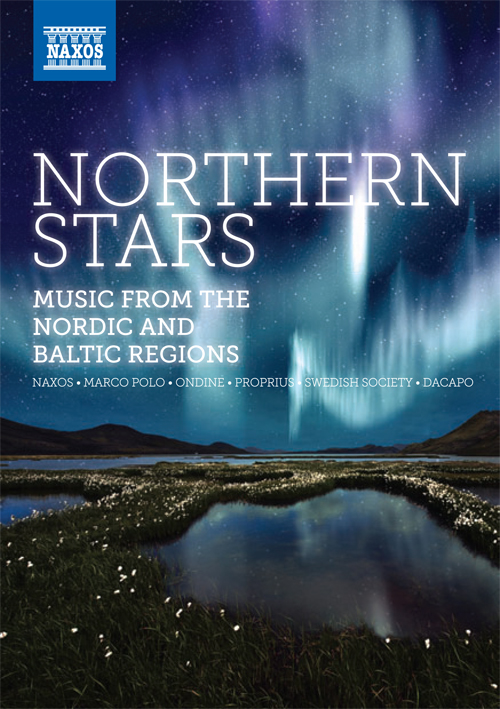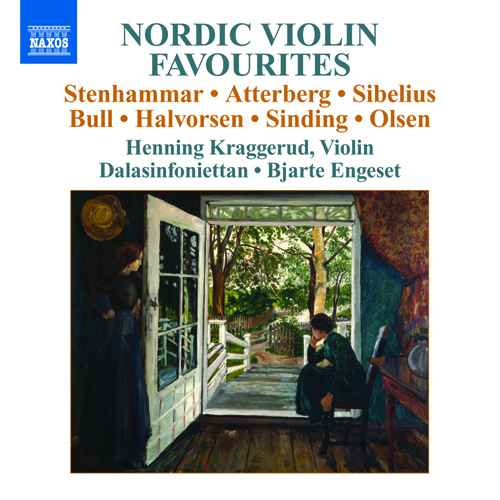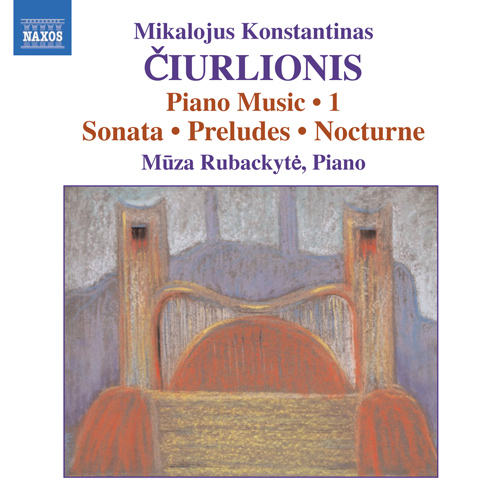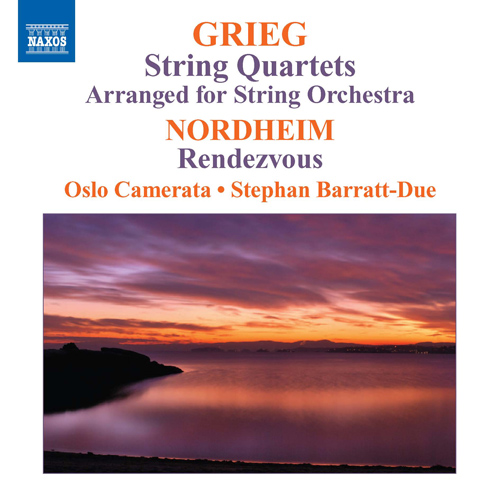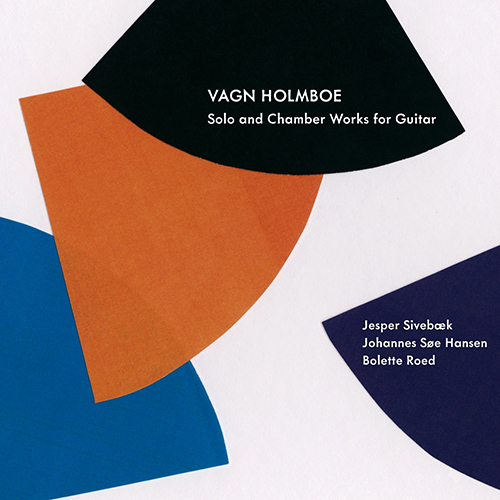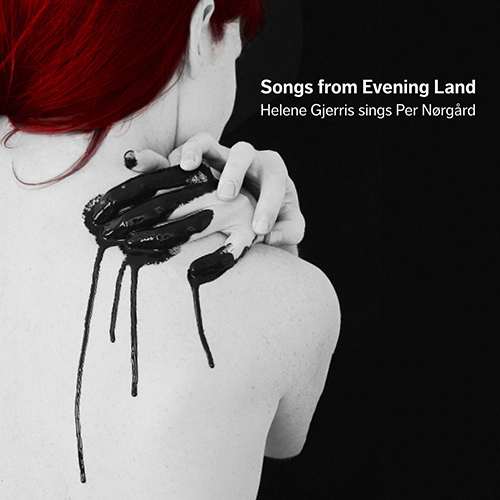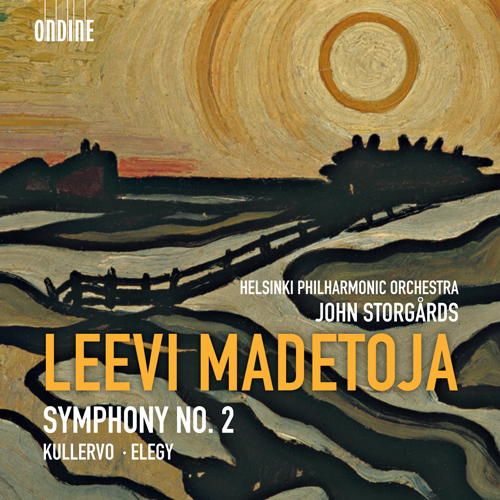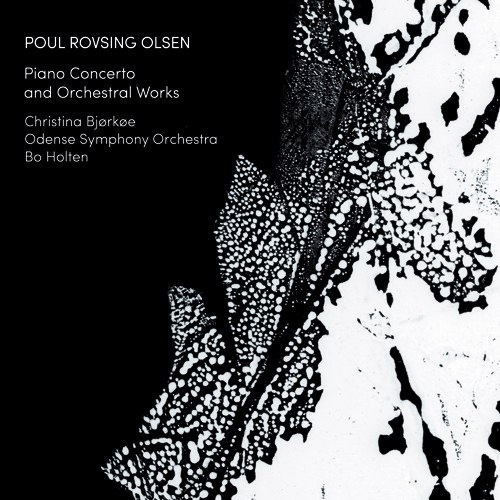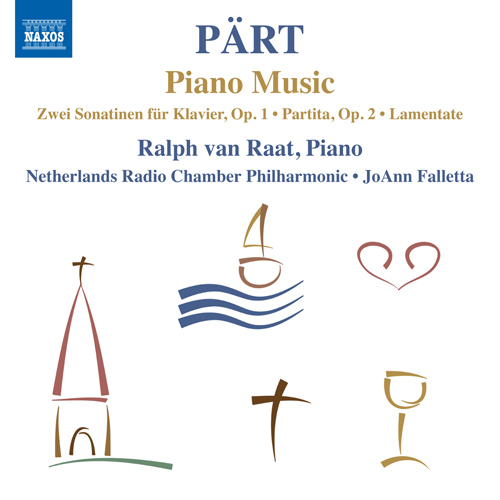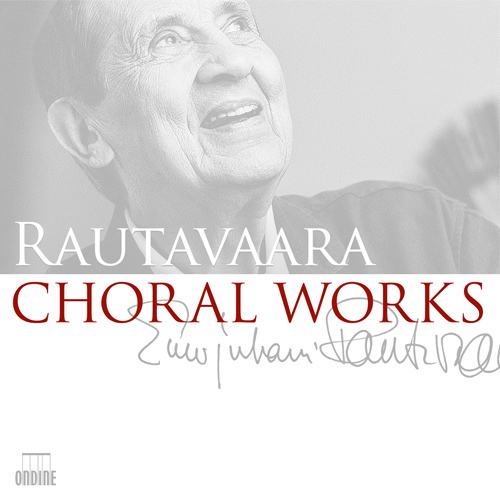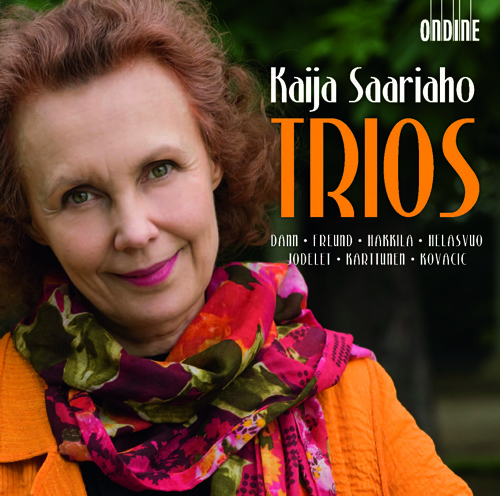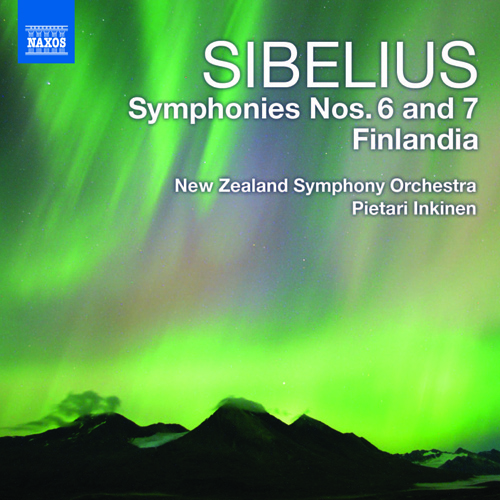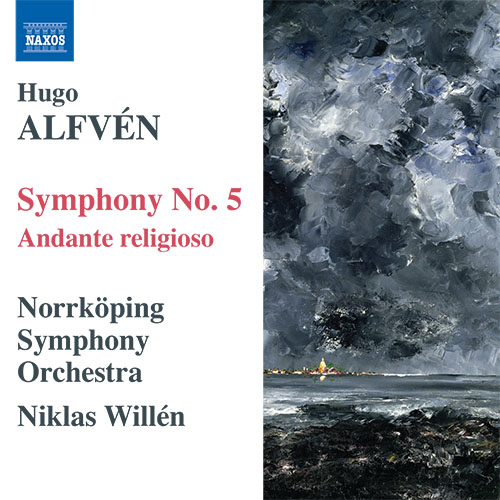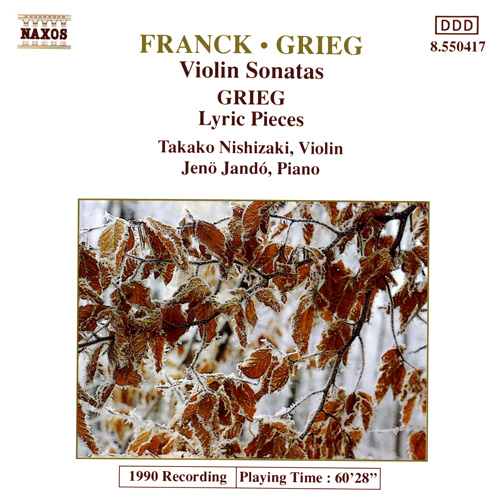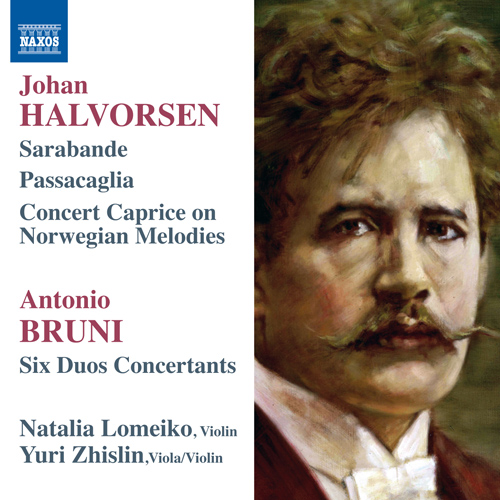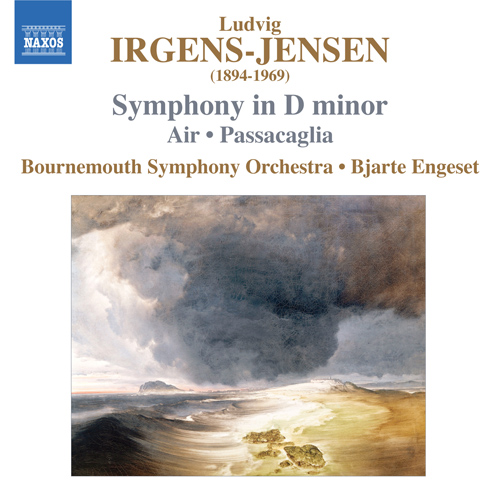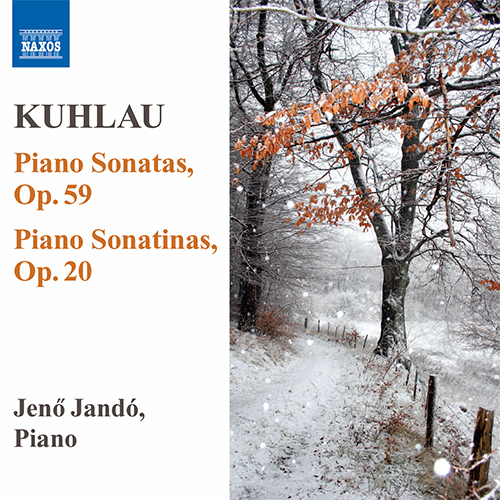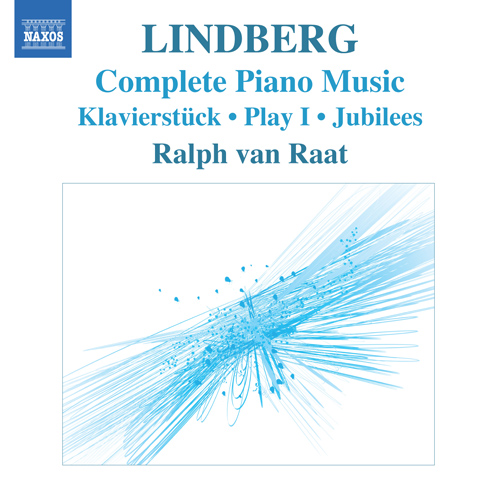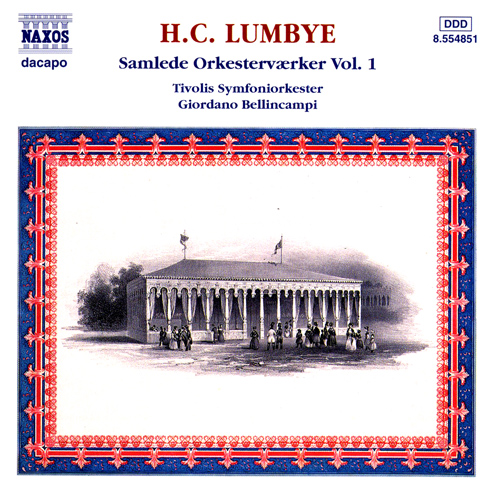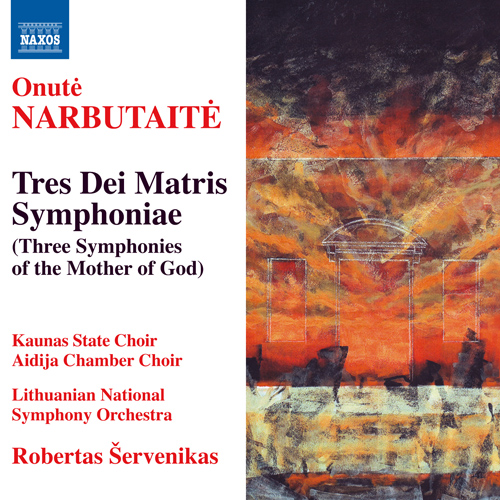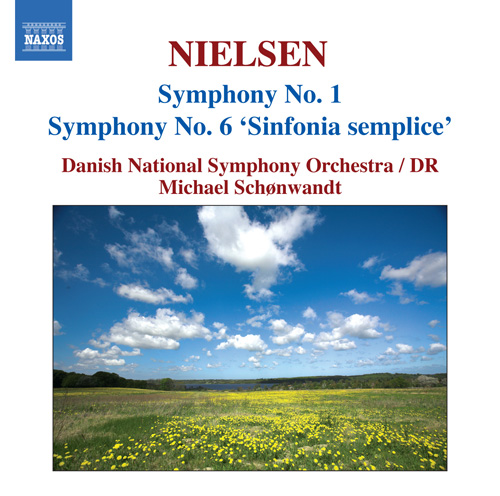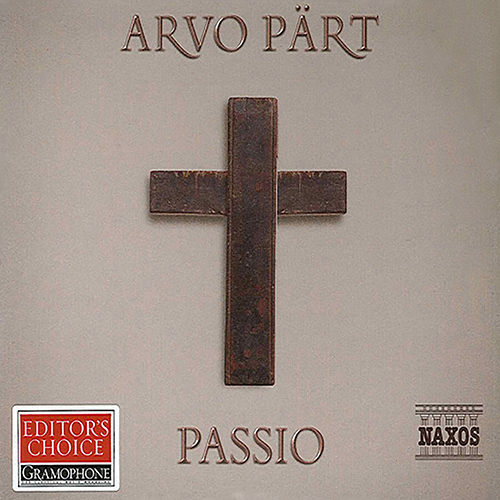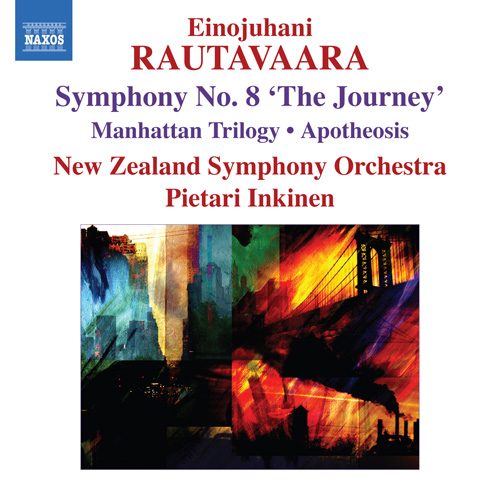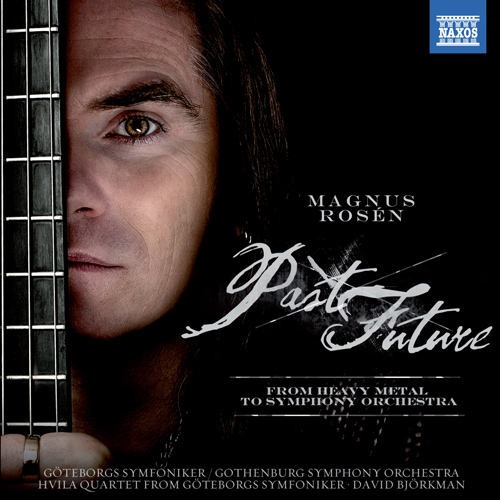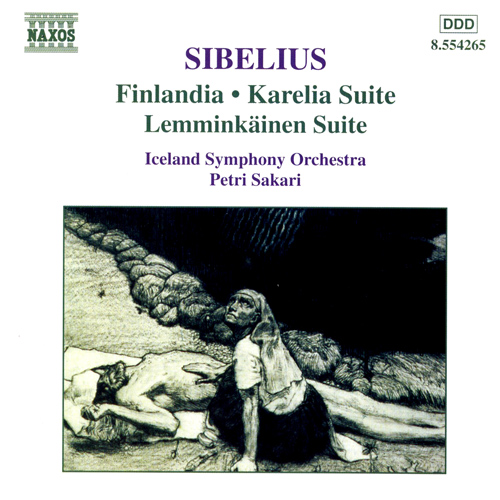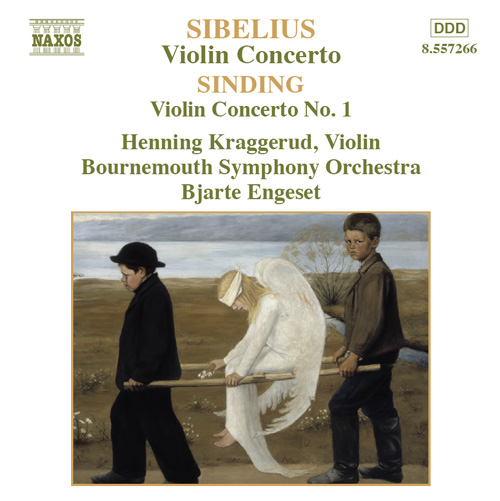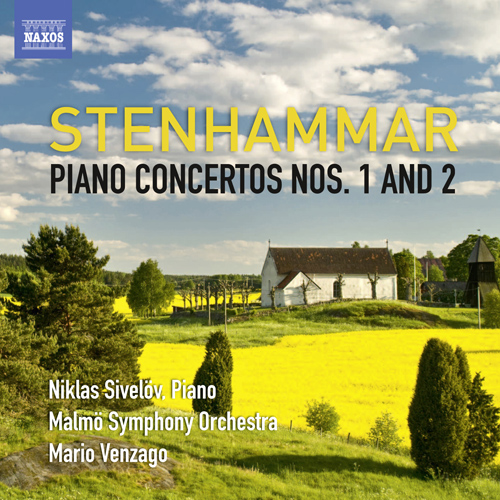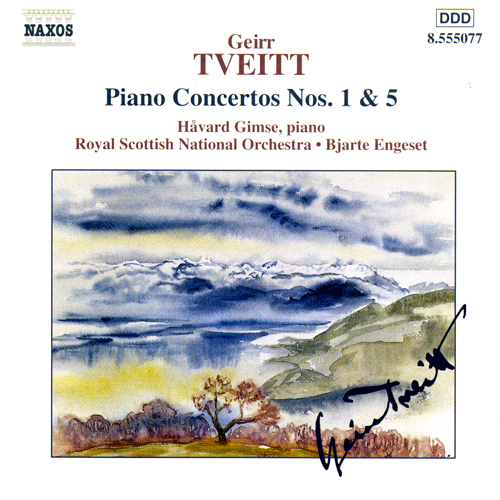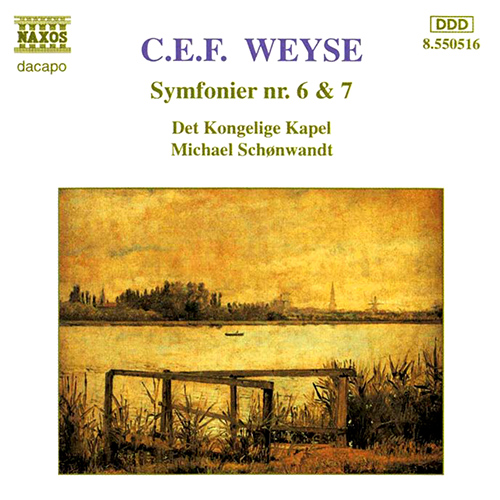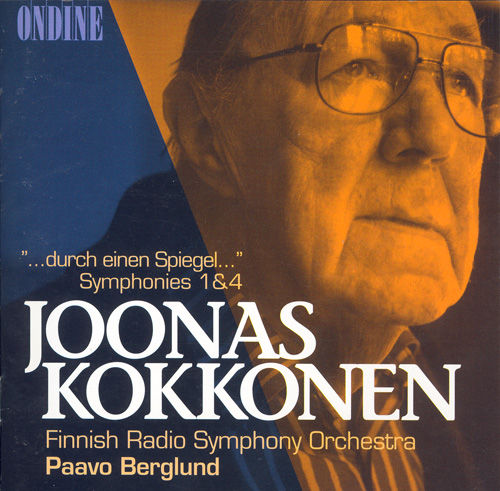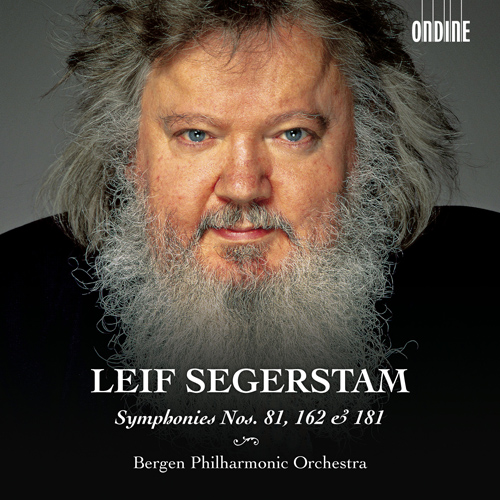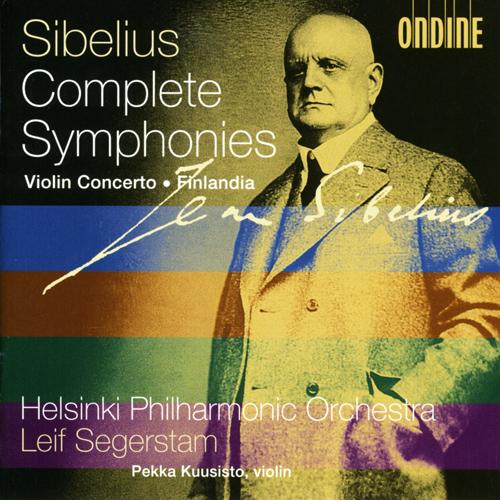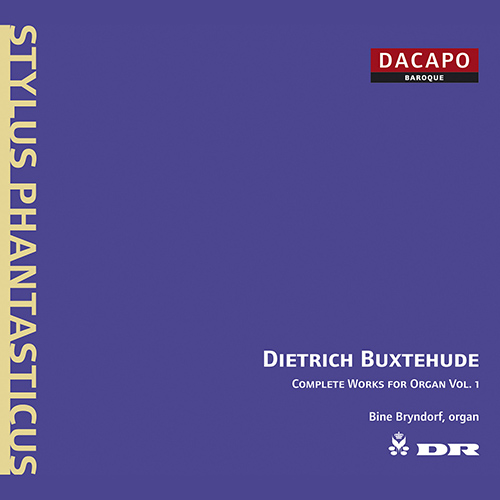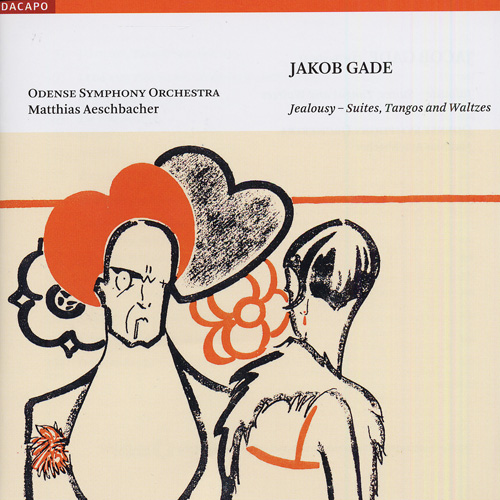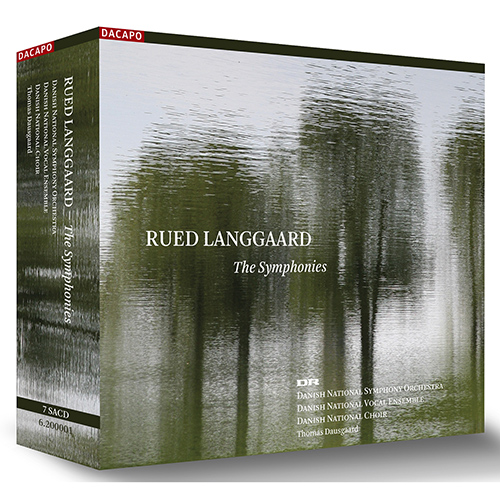The latest Naxos segment catalogue comprises a bumper crop of recordings of music written by Scandinavian, Finnish and Baltic-states composers. Naxos’ vast store of Nordic and Baltic repertoire is combined here for the first time with that of the major independent labels of the Nordic region: Dacapo, Ondine, Proprius and Simax (with their labels) and Swedish Society. The result is an encyclopaedic resource serving as a comprehensive introduction to the fascinating and rewarding music of these northern lands, which surely must have more composers and musicians per capita than anywhere else.
Mutual influences may have permeated the region, but each country’s music is distinctive in character and reflective of its individual heritage. The Danish identity, for example, can be traced from Niels Gade through to Carl Nielsen and right up to Per Nørgård today, while the foundations laid by Finland’s Jean Sibelius continue to support contemporary giants such as Aulis Sallinen, Kalevi Aho and Einojuhani Rautavaara. Norway’s Edvard Grieg and Estonia’s Arvo Pärt need no introduction, but scattered throughout the catalogue are other, surprising treasures that are well worth getting to know – from the fresh air and open landscapes of Sweden’s Franz Berwald to the quirky intellect of the late-Romantic Danish composer Rued Langgaard.
Check out the following selection of Scandinavian, Finnish and Baltic music, selected from our dedicated Segment Catalogue – click on the cover image to view the catalogue (in PDF format).
There was a particularly rich vein of Nordic writing for the violin between the years 1910 and 1930. In this recital Henning Kraggerud, an exemplary stylist lauded for his Sibelius and Sinding concerto disc, Naxos 8.557266 (CD) and 6.110056 (SACD) (‘Kraggerud’s performance is superb throughout’ – Classics Today.com), explores this memorable repertoire. It ranges from Halvorsen’s folk-flecked Norwegian Dance to Stenhammar’s passionate Sentimental Romances. Late romanticism floods Sinding’s Abendstimmung whilst Sibelius’s Six Humoresques remain a masterpiece of the genre. The earlier works of Ole Bull illustrate the brilliance and panache of ‘The Nordic Paganini’.
One of Lithuania’s leading artistic figures, Mikalojus Konstantinas Čiurlionis pursued a career as a painter as well as a musician, seeing all art as springing from the same source. His earlier works inhabit a romantic idiom, with the colorful influences of folk-music and the beauty of the countryside intermingled with pieces showing his development while at the Conservatoires of Warsaw and Leipzig. Mūza Rubackytė’s recordings of Čiurlionis have been described as ‘flawless’ (American Record Guide) and she herself as ‘one of today’s most important pianists’ (Chicago Tribune).
Grieg’s String Quartet in G minor has long established itself as one of the finest such works of the second half of the nineteenth century. The distinction of its thematic material, and its use in cyclical form, is reinforced by an ultimately victorious motto theme. The F major Quartet was written later, but remained unfinished, but it too is a fertile creation with a strong dance profile. Both works are heard in Alf Årdal’s imaginative arrangements for string orchestra. Arne Nordheim, the leading Norwegian composer of the 20th century, wrote Rendezvous as a quartet but expanded it in 1986. It is an intense, moving, and beautifully crafted work.
‘If you are searching – in terms of music and its presentation – for exemplary craftsmanship, subtlety of nuance and a profoundly satisfying experience, you need hear no further.’
– Gramophone
‘I really can’t think of a better way to invest 70 minutes, whether for heart or head.’
– Fanfare
‘…A reference disc for collectors of Nørgård and serious contemporary song, and performances, recording and presentation all do the music proud.’
– Gramophone
‘a festival of glorious words.’
– Opera News
‘…totally idiomatic, committed, passionate, and immaculately played.’
– ClassicsToday.com
‘All I can say is grab it, sit back, and close your eyes when listening: The music will do the rest.’ – Fanfare
‘Get this for Olsen’s Symphonic Variations and Piano Concerto. The really good stuff never ages.’ – American Record Guide
‘This is a well conceived crash-course in significant moment in the development of Pärt’s music. … Ralph van Raat plays with both sensitivity and verve.’ – BBC Music Magazine ★★★★★
‘van Raat is superb here, and Falletta is rather stunningly attentive to give the music sculptural solidity in space.’ – The Buffalo News ★★★
‘Ondine has done a terrific job in recording the music of the man considered by many to be Finland’s most important composer after Sibelius. Here, in this generously-filled set they bring together a substantial amount of [Rautavaara’s] choral music. I should imagine that this is very taxing music but the performance by the Finnish Radio Chamber Choir under Timo Nuoranne is absolutely superb. The various soloists all sing very well and special mention should be made of Jyrki Korhonen, whose cavernous, imposing bass voice is ideal for this music.’ – MusicWeb International
‘Performances are uniformly first-rate and the recording is pretty much ideal. The CD is self-recommending to contemporary-music connoisseurs, but not exclusively to them.’ – Gramophone
‘This recording presents a wealth of diverse textures and instruments with definitive performances by musicians who have collaborated extensively with Saariaho, one of the most distinctive voices in the music of our time.’ – The WholeNote
‘You will hear things here that you have never heard before, and be grateful for the experience.’ – ClassicsToday.com
‘…an unqualified keeper.’ – MusicWeb International
‘The New Zealand Symphony Orchestra perform Sibelius’ Symphonies Nos 6 & 7 and Finlandia with a delicate luminosity’ – ClassicFM ★★★

